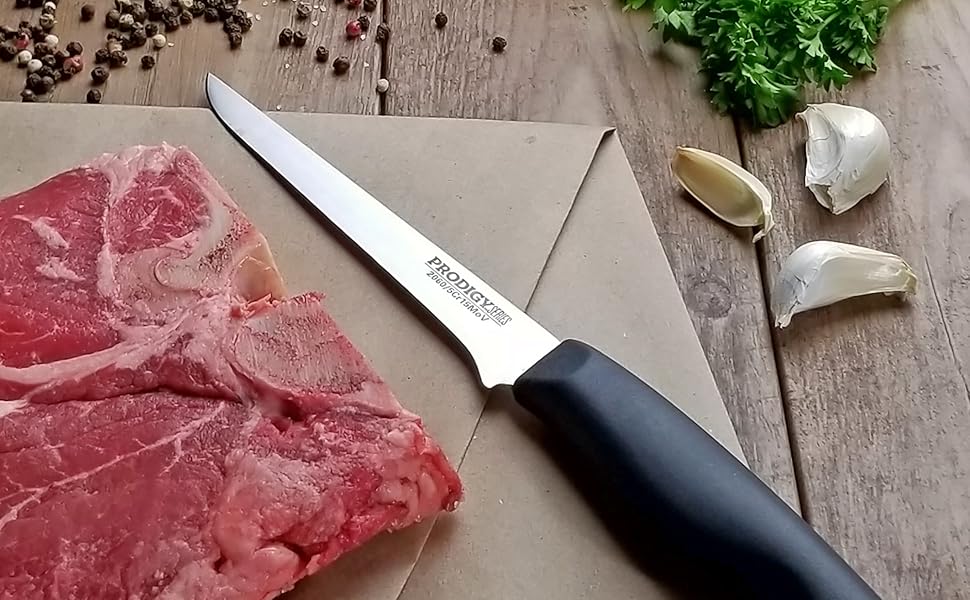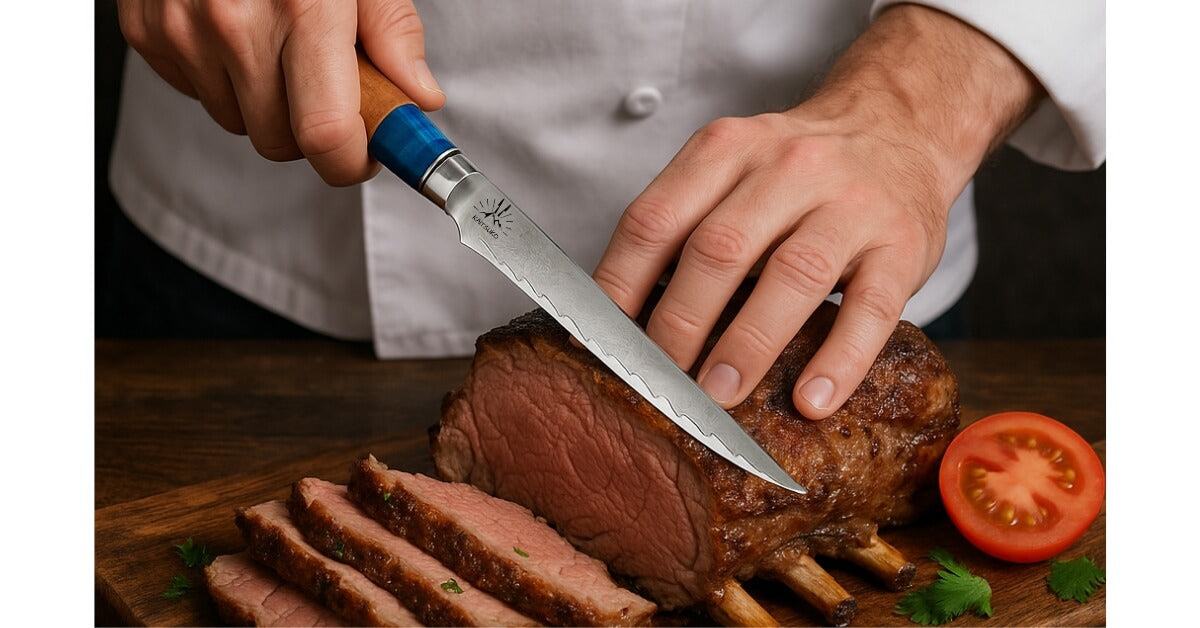In the world of culinary arts, possessing the right tools can significantly affect your performance in the kitchen. One such indispensable tool is the boning knife. To maximize the efficiency and longevity of this tool, understanding the intricacies of caring for the boning knife edge is crucial. This article aims to provide comprehensive insights on how to maintain your boning knife’s edge, ensuring it remains sharp and effective.

The Importance of a Boning Knife
The boning knife is renowned for its precision in separating meat from bone. Its unique design, characterized by a narrow and flexible blade, makes it ideal for intricate tasks in the kitchen. For those looking to learn more about the different styles, a detailed guide on boning knife grips can offer additional insights.
Why Edge Maintenance Matters
Maintaining the edge of a boning knife is essential for several reasons. Firstly, a sharp knife reduces the risk of accidents. When a knife is dull, more force is required, which increases the likelihood of slipping and causing injury. Secondly, a well-maintained edge ensures precision, allowing for cleaner cuts and more efficient processing of meat.
Understanding Knife Sharpness
Sharpness is a crucial aspect of any knife, but it’s particularly vital for a boning knife. A sharp boning knife allows for smooth cuts, reducing the effort required and ensuring the meat remains intact and aesthetically pleasing.
Steps for Proper Maintenance
Regular Honing
Honing is a process that aligns the edge of the knife, keeping it sharp. Regular honing with a honing steel is recommended to maintain the knife’s performance. It’s important to note that honing doesn’t sharpen the blade but rather realigns it.
Sharpening Techniques
While honing is important, eventually, your knife will require sharpening. Using a whetstone is one of the most effective methods for sharpening a boning knife. This method allows for precise control over the blade angle, resulting in a sharper edge.
Choosing the Right Tools
Investing in quality sharpening tools is crucial. A combination of a honing steel and a whetstone will ensure your boning knife remains in top condition. For those interested in exploring more about knife tips, professional knife tips can be beneficial.
Storage and Handling
Proper Storage Techniques
Storing your boning knife correctly is essential to prevent damage to the edge. Consider using a knife block or a magnetic strip to keep the blade secure and protected.
Safe Handling Practices
Handling your boning knife with care is equally important. Always use a cutting board to protect the blade, and avoid cutting on hard surfaces like stone or glass.
Common Mistakes to Avoid
Cutting on Hard Surfaces
Cutting on surfaces that are harder than the knife can dull the blade quickly. Always opt for softer materials like wood or plastic when using your boning knife.
Neglecting Routine Maintenance
Regular maintenance is key to extending the life of your knife. Neglecting honing and sharpening can lead to a deteriorating edge, making the knife less effective over time.
Additional Resources
For those eager to dive deeper into the world of boning knives, Seido Knives offers a wealth of information on what makes a good boning knife.
Conclusion
Caring for your boning knife edge is an ongoing process that involves proper honing, sharpening, and storage. By following these guidelines, you can ensure that your boning knife remains a reliable tool in your culinary arsenal.

FAQs
How often should I hone my boning knife?
It’s recommended to hone your boning knife before or after each use to maintain its edge.
What is the best way to sharpen a boning knife?
Using a whetstone is considered one of the best methods for sharpening a boning knife due to the control it offers over the blade angle.
Can I use a boning knife for other tasks?
While a boning knife is designed specifically for separating meat from bone, it can be used for other tasks requiring precision, but it should not replace general-purpose knives.
This article contains affiliate links. We may earn a commission at no extra cost to you.


